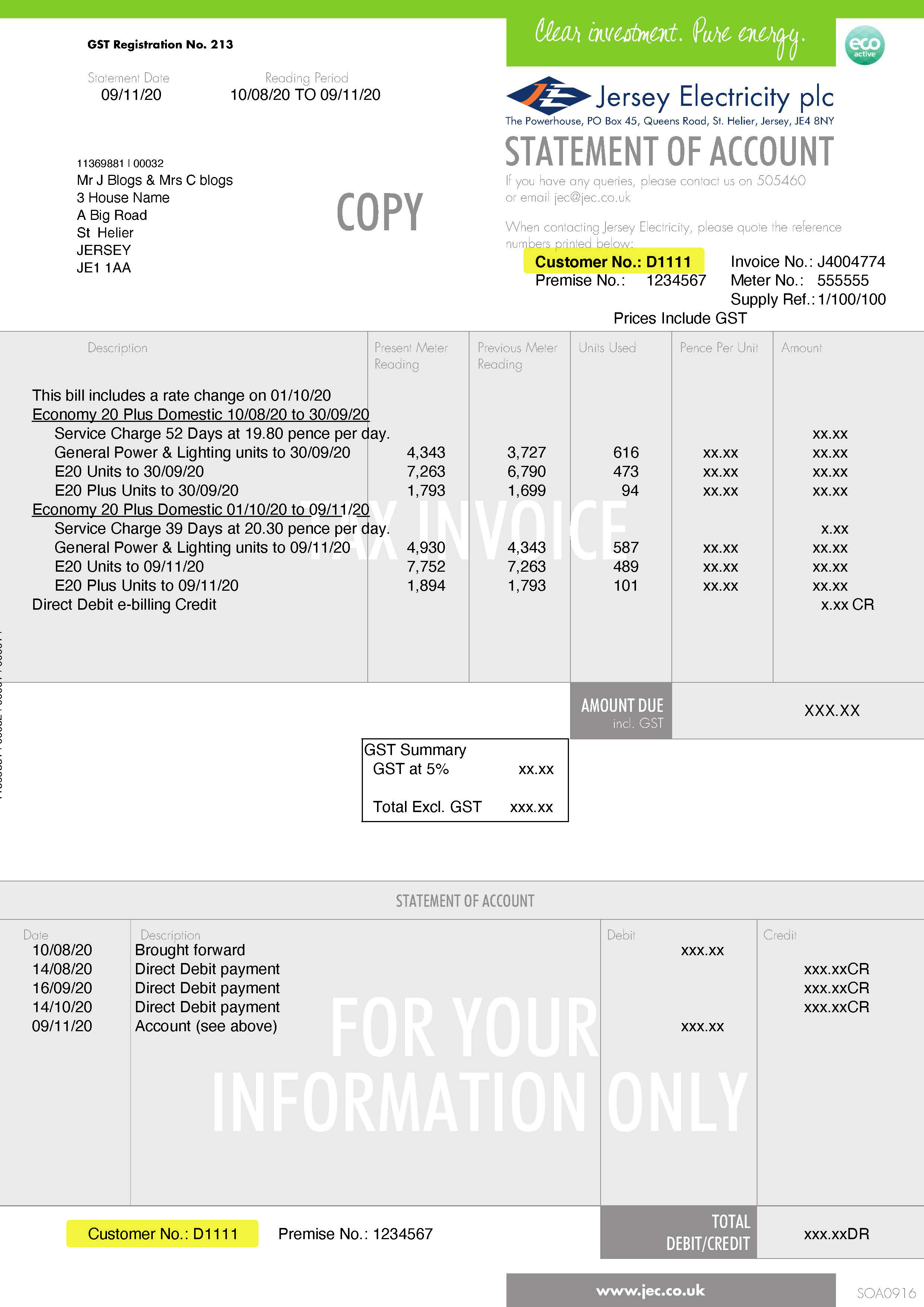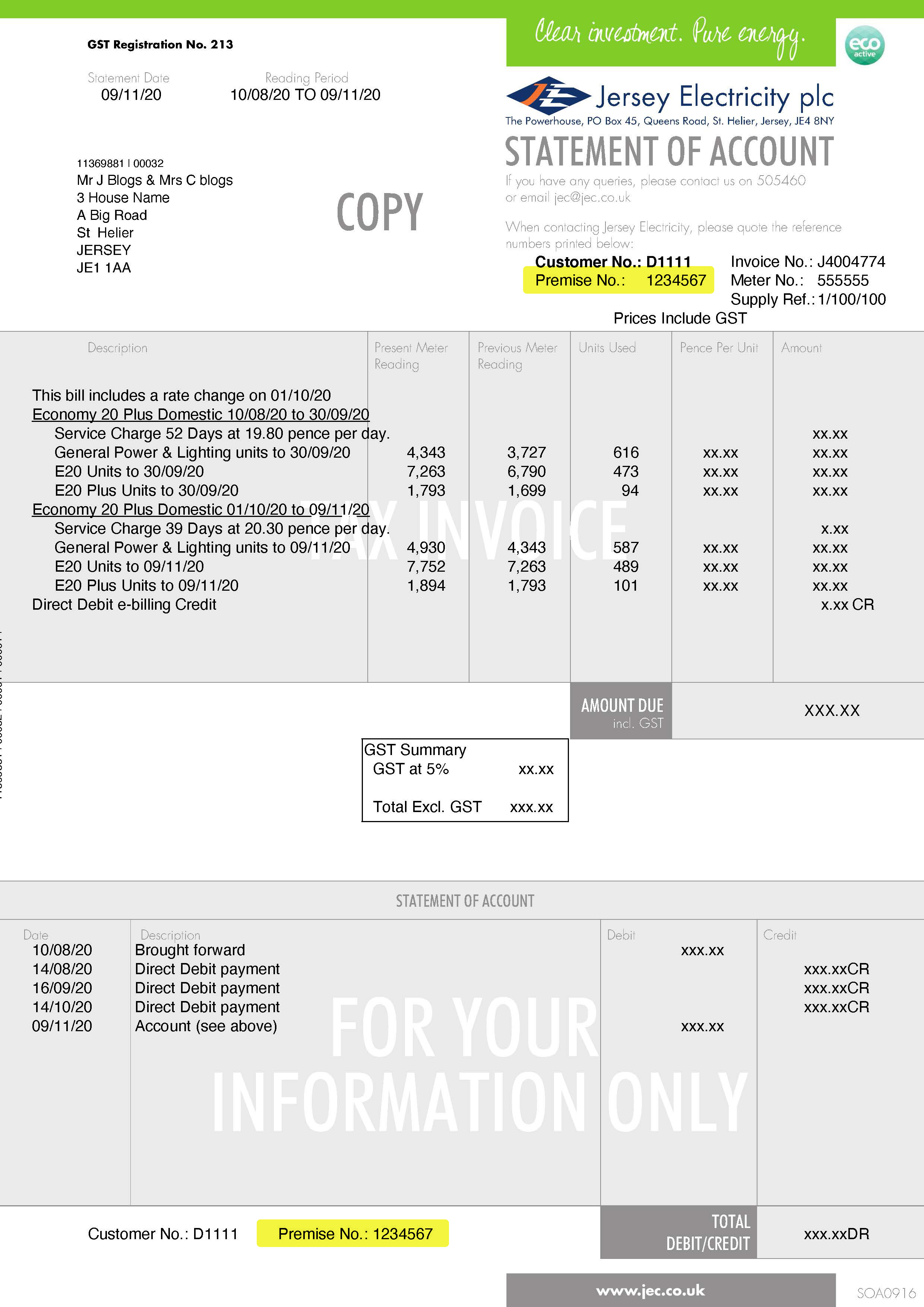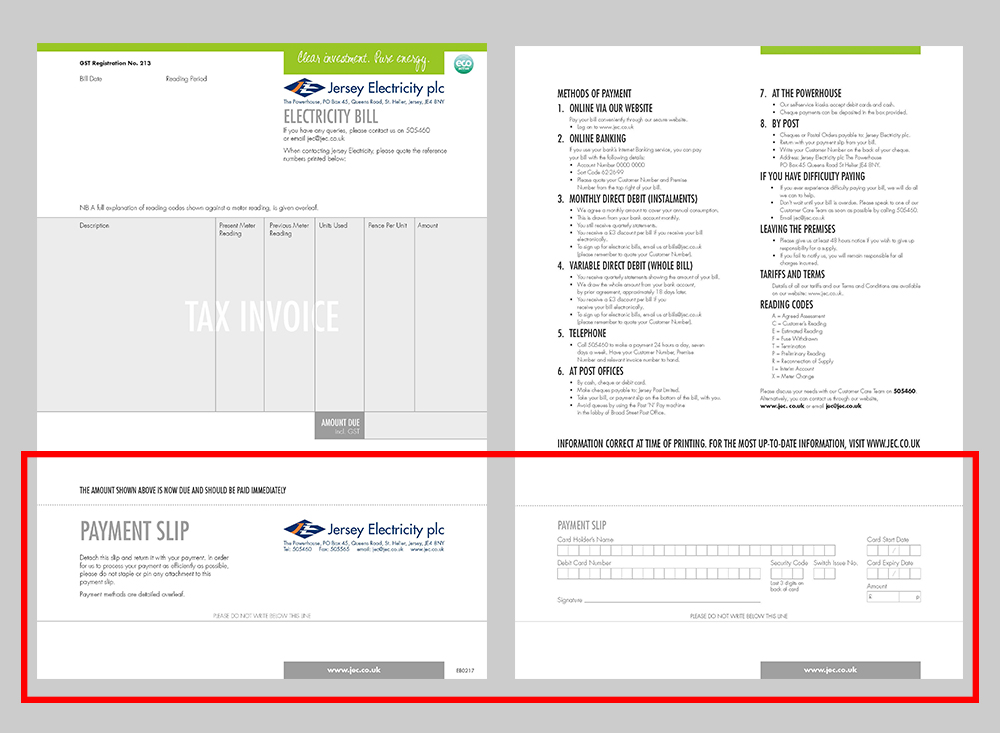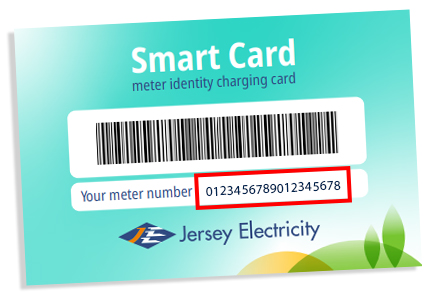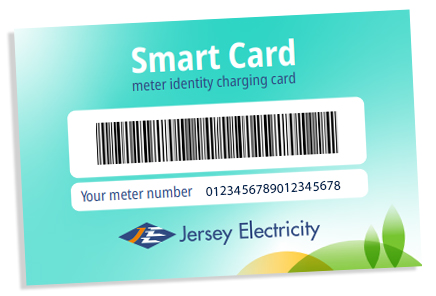Over the past 20 years Jersey has proven itself to be a leader in cutting carbon emissions, but the Island still has some way to go to meet its long-term goal.
The rise in man-made carbon emissions is viewed by many as one of the greatest environmental threats the world has ever seen. Although Jersey's overall contribution is small on the global scale, climate change is everyone's business. That's why the Island's Energy Plan 'Pathway 2050' set a target of reducing greenhouse gas pollution by 80% from 1990 levels by the year 2050.
Although this deadline remains more than 30 years away, work to reduce carbon emissions has been ongoing for the past two decades, and our success so far has put Jersey among the world's leading jurisdictions for greenhouse gas reduction.
Well past the peak
The Island's greenhouse gas emissions peaked in 1998 at 747.3 kt CO2e (kilotons of carbon dioxide equivalent), and have declined since then by just over 50% to reach a 2015 level of 359.8 kt CO2e (see chart below). On a per capita basis, this puts Jersey ahead of Guernsey, the UK, the Isle of Man, the Cayman Islands and many more.


Source: www.aether-uk.com/Resources/Jersey-Infographic
Low carbon strategy
The principal cause of this reduction in greenhouse gas emissions was the strategic decision taken by Jersey Electricity to switch from on-Island electricity generation using fossil fuels, to imported low carbon power from nuclear facilities - and more recently hydro- electric sources - in France.
Jersey Electricity began importing power from France in 1985 but it was the installation of the Normandie 2 interconnector to France in 2000, followed by Normandie 3 in 2014, that saw energy supply emissions fall from a peak of 324.5 kt CO2e in 1992 to a low of 25.1 ktCO2e in 2015. The addition of the Normandie 1 cable in 2016, which today gives the Island three live links to France across two diverse routes for security, is expected to further reduce this figure.
Today, the biggest single contributor to the Island's greenhouse gas emissions is transport, which at 162.1 kt CO2e is greater than the next two most polluting social sectors combined (business and residential use).
Low carbon guarantees
It is often thought that Jersey's imported electricity is derived solely from nuclear sources. The reality of the long-term supply agreement that Jersey Electricity has negotiated with EDF until 2027 is that 35% of the Island's electricity is supplied by hydro-electric power plants (see chart below). This two-thirds / one-third mix is designed to keep energy prices affordable whilst ensuring a significant portion of the Island's energy is derived from renewable sources.


Source: EDF
The remaining 65% of the 616GWh of electricity that we imported in 2016/17 came from nuclear. By committing to using only certified low carbon sources for our imports, we've been able to virtually decarbonise Jersey's electricity system. The carbon intensity of distributed power for 2018/19 was 24g CO2e/kWh - one tenth the carbon intensity of the UK grid.
Focusing on new targets
The Island has adopted a carbon emissions reduction target of 80% of 1990 levels by the year 2050. To date, taking all energy use into account, we've managed to achieve around 40% of this goal, principally because of Jersey Electricity's move to low carbon imported power.
To reach our goal, the focus must move to transport, domestic heating and business. Energy efficiency improvements have led to emissions reductions here too. But as long as fossil fuels remain the predominant means of powering motor vehicles, it could be difficult for Jersey to meet its Energy Plan targets.
Electric transportation
Jersey Electricity is again playing a lead role, championing the use of electric vehicles by installing electric charging bays in public car parks and helping local businesses realise the financial and environmental benefits of decarbonising their transport.
Energy efficiency and renewable heating
We also actively promote energy efficiency in homes and businesses, providing advice that helps Island companies operate more efficiently and households stay warmer using less energy and renewable heating systems such as heat pumps. By giving people the information they need to make informed decisions about their energy use, we're helping the Island move towards a truly low carbon future.
There's a lot to be proud of in the progress Jersey has made so far in its journey to meet the 80% emissions reduction target. The road ahead is a long one, however, and Jersey Electricity will continue to play a leading role in helping the Island reach its goal.

